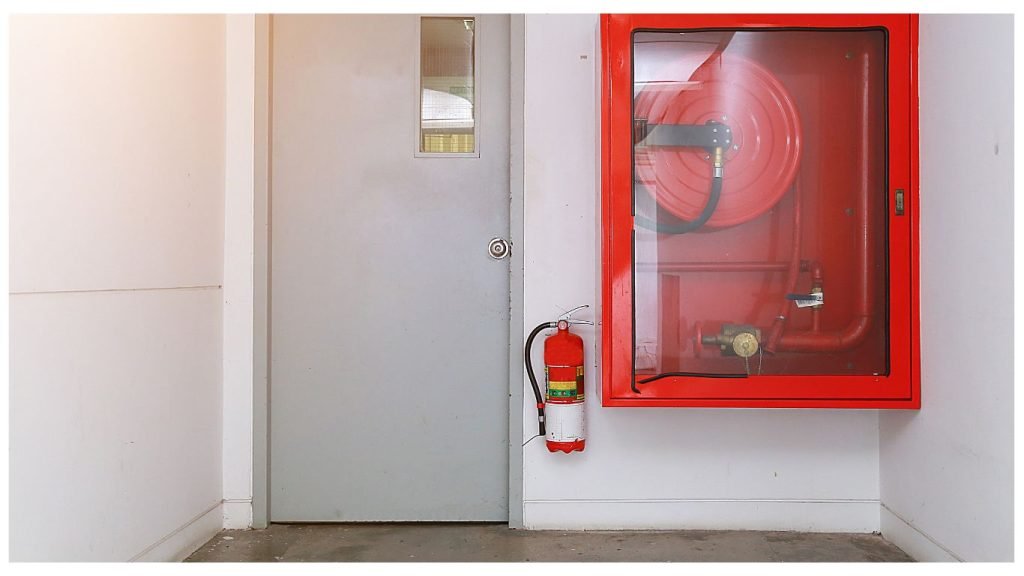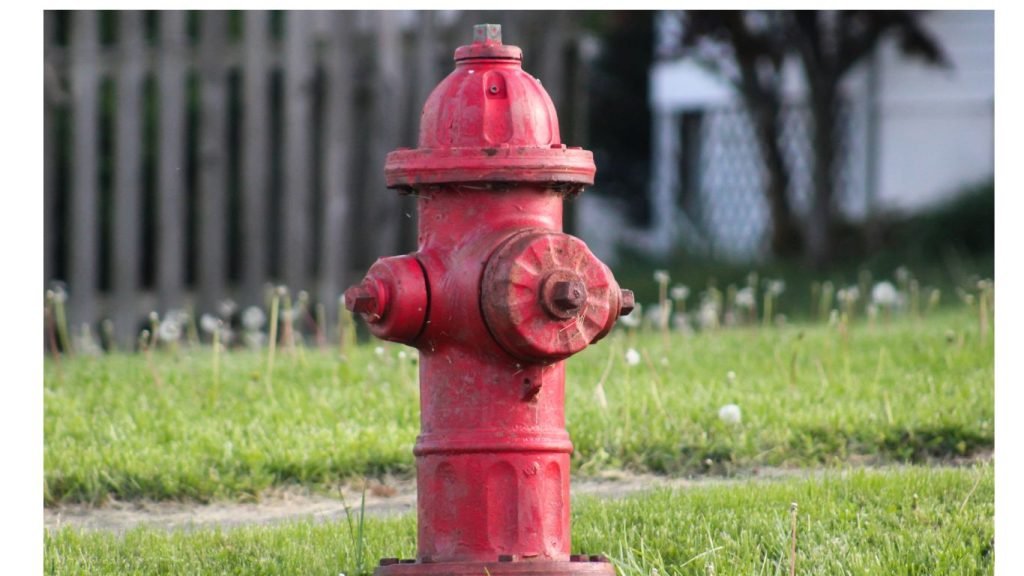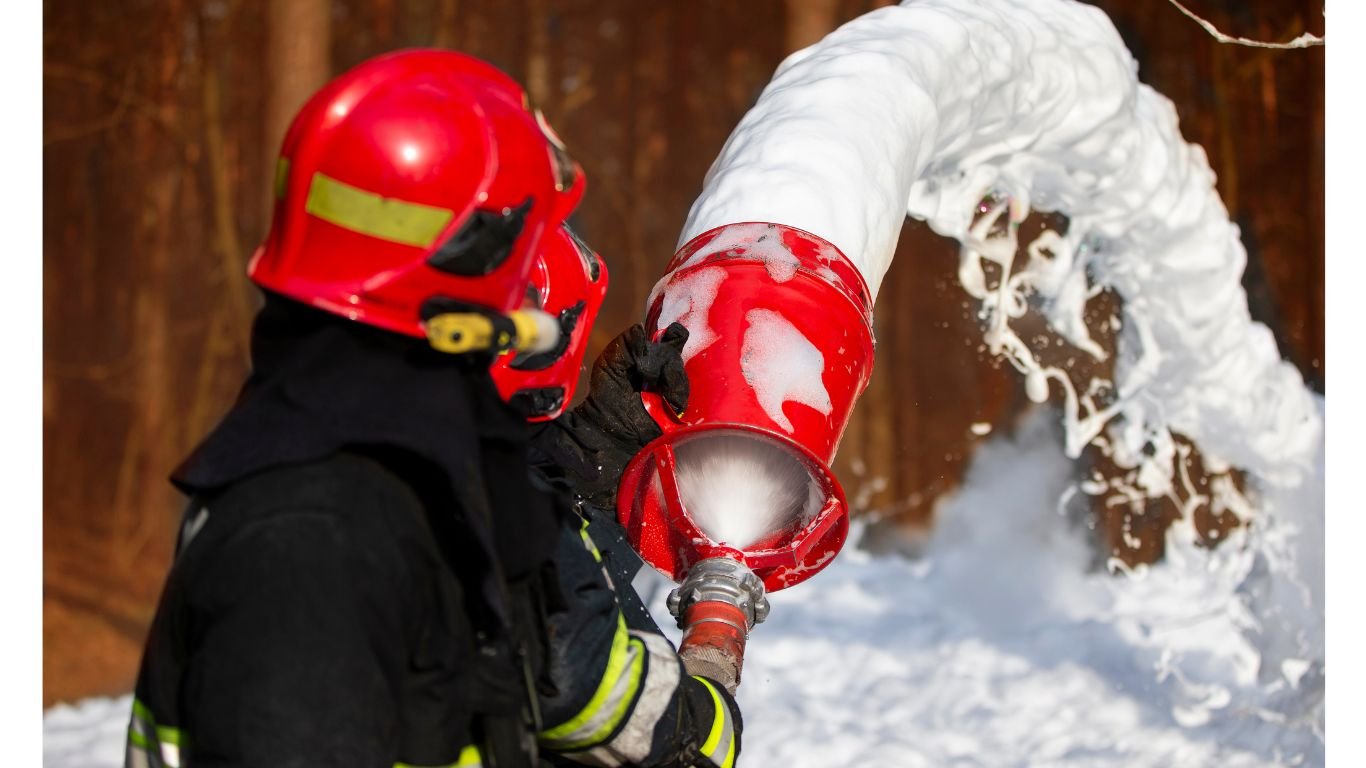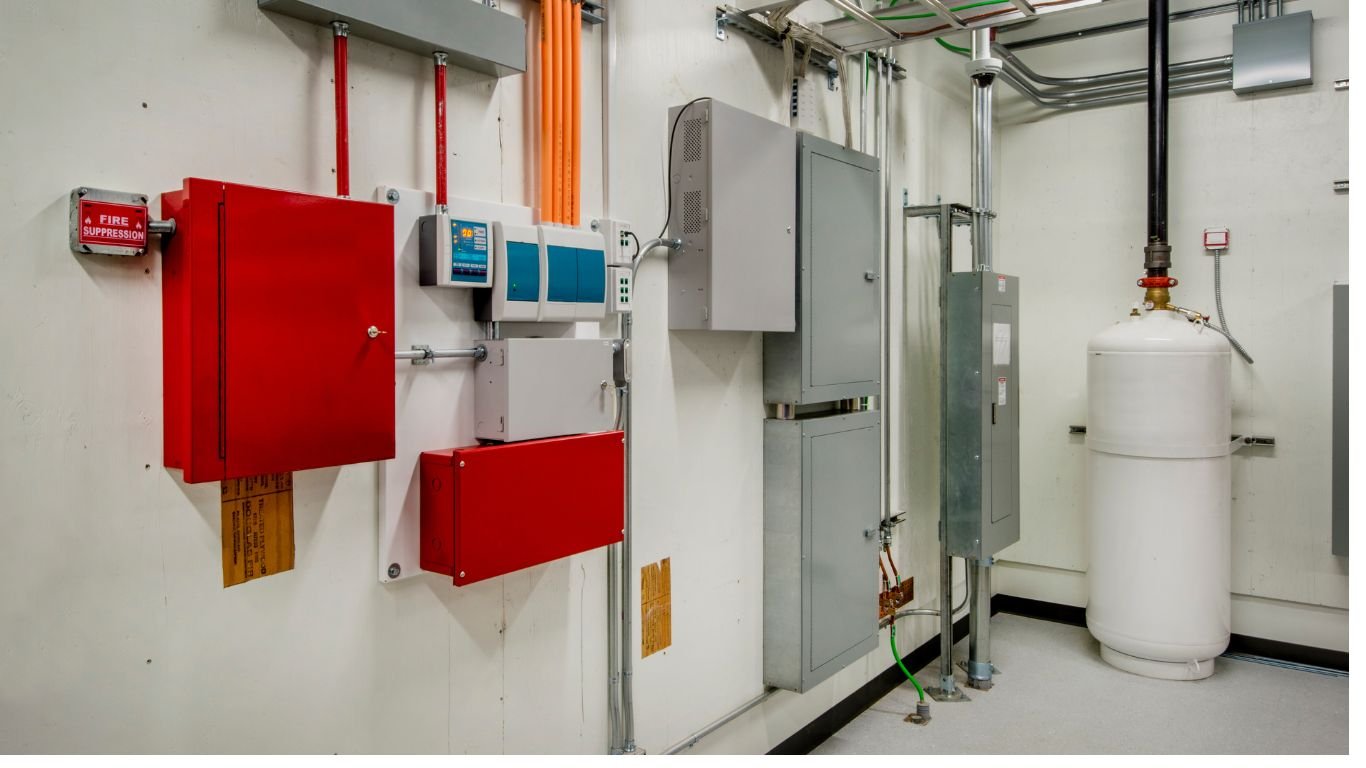When it comes to preventing fires, there is no room for complacency. Whether it is a home, workplace, or public space, fire safety standards play a crucial role in keeping people and property safe. These standards are established by regulatory bodies and are enforceable by law. In the United States, the International Fire Code (IFC) is the benchmark for fire safety regulations. This article will explore the IFC and its various iterations over the years.
Fire Safety Requirements
Fire safety requirements are the set of rules and regulations that dictate the minimum standards for fire prevention and protection in buildings. These requirements are put in place to ensure that buildings are constructed and maintained to reduce the risk of fires. It also limits the spread of fire in case one does break out. It can include everything from the types of materials used in building construction to the placement of smoke detectors and sprinkler systems.
Fire Regulations
Fire regulations are a subset of fire safety requirements that are established by government bodies to ensure public safety. These regulations are enforceable by law and can vary from state to state. In some cases, they may be more stringent than the minimum requirements set forth in the IFC. It can include everything from the types of fire extinguishers required in buildings to the number of exits needed in case of emergency.
Fire Safety Codes and Standards
Fire safety codes and standards are established by various organizations and are used to provide guidance on fire prevention and protection measures. These codes and standards are not enforceable by law, but they are often used as a basis for fire regulations. The National Fire Protection Association (NFPA) is one such organization that establishes fire safety codes and standards. Some examples of NFPA codes include NFPA 101: Life Safety Code and NFPA 13: Standard for the Installation of Sprinkler Systems.
Emergency Vehicle Access Requirements
The National Fire Protection Association (NFPA) has produced a set of emergency vehicle access codes and guidelines. Emergency vehicles may promptly and securely access buildings and other structures during crises. These codes and standards are designed to facilitate the work of firefighters, police officers, and other first responders. It helps them to minimize property damage and save lives.
The emergency vehicle access codes and standards cover a wide range of topics, including the following:
- All multistory structures must construct on roadways that are at least 30 feet wide in order to provide quick access for emergency and fire vehicles
- All building occupants must have access to adequate parking so that emergency and fire vehicles can pass
- NFPA 80 requires that gates and barriers be designed to allow for rapid opening and closing providing quick access for emergency vehicles
- NFPA 241 requires that buildings be designed to provide clear access and maneuverability for emergency vehicles, with adequate space and clearance for turning
- NFPA 170 provides guidelines for the placement and design of building addresses and signs to ensure that emergency responders can easily locate the correct building
- All outdoor wires and cables must be routed in a way that prevents overhead obstructions from obstructing emergency operations and fire vehicles
Standards for Emergency Staircase
The National Fire Protection Association (NFPA) has established a number of standards for emergency staircases. It Ensures that they are designed, constructed, and maintained in a manner that provides safe egress for building occupants in the event of an emergency. Some of the key standards for emergency staircases established by NFPA include:
- The emergency staircase in a building must situate so that it provides clear access to the road for rescue operations and firefighting.
- The building’s emergency escape stairs must be easily accessible to emergency and fire vehicles.
- It also regularly uses building occupants to access the road, ensuring that it is always free from obstruction.
- The emergency staircase must separate from the main building by two fire doors that open outwards.
- The stairway must have an accessible window or opening towards the road that is large enough (minimum 2.5 x 3 feet) to allow for emergency person evacuation.
- The fire doors must be hinge type with a clear width of at least three feet and a minimum one-hour fire resistance rating.
- A structure with more than 10,000 square feet of space per level must have at least two staircases, one on each side of the building. The course of the staircases must be suitably illuminated at all times and free from any obstructions.
- A staircase can reach by walking no more than 100 feet.
Emergency Exit Signs
An “EXIT” sign with readily readable letters at least 6 inches high must place at the bottom of each stairwell.

Fire Extinguishers
- Each 2000 square foot floor area in a structure must contain a multipurpose (A, B, C) dry chemical powder fire extinguisher weighing 6 kg.
- Each floor must have a minimum of two 06 kg fire extinguishers (if the floor size is less than 2000 square feet).
- The maximum travel distance to a fire extinguisher is 75 feet; however, it is only 30 feet in kitchen areas.
Fire Hydrant System Standards
The National Fire Protection Association (NFPA) sets standards for fire hydrant systems to ensure their effectiveness in protecting buildings and people from fire hazards. Here are the key standards for fire hydrant systems by NFPA:
Internal fire hydrant system
- A pressurized internal fire hydrant system with a separate overhead water tank of at least 7500 gallons.
- An exterior underground water tank of at least 15000 gallons must install in all multistory buildings.
- If a building has more than ten stories, it must have a minimum of a 30000-gallon external underground water tank and a 15000-gallon independent overhead tank.
- The fire-fighting vehicles must always have access to the exterior underground tank.
- The pressurized internal fire hydrant must be independent of the regular water supply system. It must keep at 3-5 bar pressure on all levels by an electric pump with adequate fire-fighting capacity
- It can continue functioning even if the main building’s power supply is turned off.
- To connect with the emergency fire vehicles, the hydrant system must have two ground-level standard inlets that are compatible with one another.
- Close to an emergency staircase, the pressurized internal fire hydrant system must have a water hydrant outlet connected to a 1.5 X 100 feet fire hose. It keeps in a metallic hose cabinet and a jet nozzle

External Fire Hydrant System
- All structures must be equipped with an engine-operated standby external fire-fighting pump. It connects to a sufficient water supply and supplies water to an exterior pipeline that serves exterior fire hydrants
- The distance between any two hydrants cannot be greater than 100 feet
- The exterior fire hydrant must place at least six feet away and no closer than fifty feet from the building

Emergency Evacuation Plan
- The emergency evacuation plan must display prominently in all buildings
- It must include information on the building’s layout, complete firefighting resources, and emergency exits
- Outside the building, a designated emergency assembly location must clearly identify
International Fire Code
The International Code Council (ICC) created the International Fire Code (IFC) as a model code in 2000. The IFC was established to offer a solitary, comprehensive collection of fire prevention and protection laws that could be implemented by governments all around the United States. The IFC is updated every three years to reflect the latest developments in fire safety technology and practices.
International Fire Code 2012
The International Fire Code 2012 was the version of the IFC that was in effect prior to the 2015 version. It was released in 2011 and went into effect on January 1, 2012. The 2012 version included updated requirements for fire sprinkler systems and new requirements for the inspection and maintenance of fire doors.
International Fire Code 2015
The 2015 International Fire Code was the previous version of the IFC. It was released in 2014 and went into effect on January 1, 2015. The 2015 version included new requirements for the use of fire sprinklers in high-rise buildings. Its updated requirements for the installation of carbon monoxide alarms.
International Fire Code 2018
The International Fire Code 2018 is the most recent version of the IFC. It was published in 2017 and went into effect on January 1st, 2018. The 2018 version includes new requirements for the installation of photovoltaic solar systems and the storage of lithium-ion batteries. It also includes updated requirements for the inspection and maintenance of fire protection systems.
Fire safety requirements for buildings
The International Fire Code 2018 provides detailed requirements for the design, construction, and maintenance of facilities to ensure that they are safe from fire hazards.
Fire suppression systems
The code outlines the requirements for fire suppression systems such as sprinklers, fire alarms, and extinguishers.
Hazardous materials
The International Fire Code 2018 includes regulations for the handling, storing, and using of hazardous materials to prevent accidents and fires.
Fire department access
The code requires that buildings have proper access for fire department vehicles and personnel, including access roads, fire lanes, and fire hydrants.
Emergency planning and preparedness
The International Fire Code 2018 requires that buildings have emergency plans and procedures in place to ensure the safety of occupants in the event of a fire.
Fireworks
The code outlines specific requirements for the storage, handling, and use of fireworks.
Portable fire extinguishers
The code provides detailed requirements for the placement, installation, and maintenance of portable fire extinguishers in buildings.
Fire safety inspections
The International Fire Code 2018 requires that buildings undergo periodic fire safety inspections to ensure compliance with fire safety regulations. To identify and correct potential fire hazards.
Fire safety training
The code requires that building owners and occupants receive fire safety training and education. It can help to prevent fires and respond appropriately in the event of a fire.
Fire investigation
The International Fire Code 2018 outlines the procedures for conducting fire investigations to determine the cause of fires. To identify any violations of fire safety regulations.
Conclusion
Fire safety is not something that is takes lightly. The International Fire Code and its various iterations over the years provide a comprehensive set of regulations and guidelines. It can help prevent fires and protect people and property in case of an emergency. As such, it is essential for building owners, managers, and occupants to be familiar with these codes and standards.



